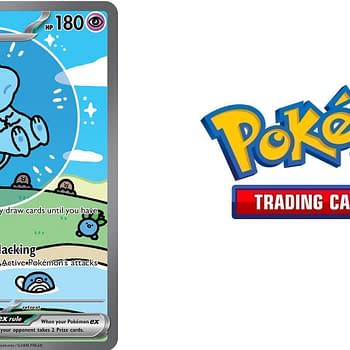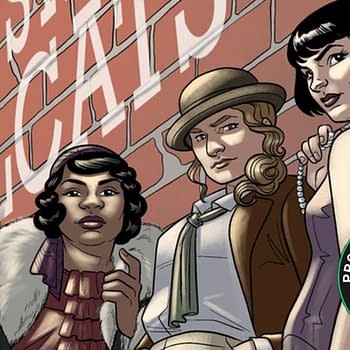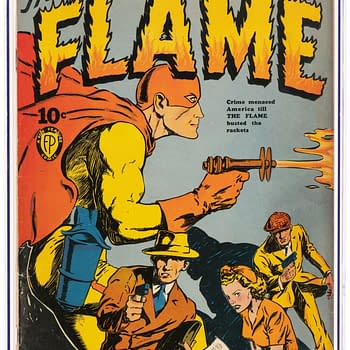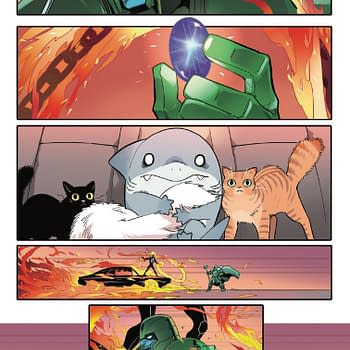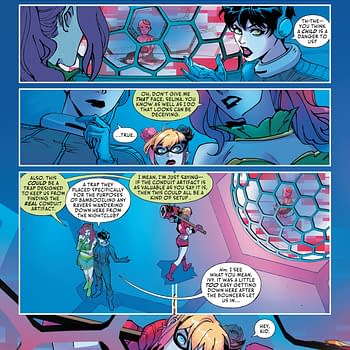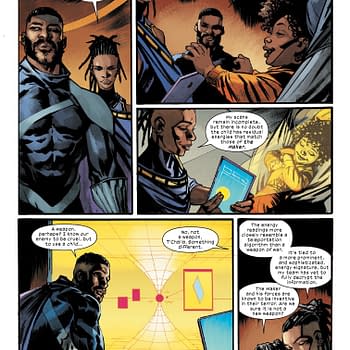Posted in: Boom, Comics, Comics Publishers, Review | Tagged: btvs, buffy, Buffy comics, buffy the vampire slayer, willow
Willow #1 and #2 Review: OG Buffy Fans Will Love It
For a Buffy the Vampire Slayer purist, BOOM! Studios' take on Joss Whedon's modern classic TV show may evoke clashing emotions. It's incredible to see, after years being off-air and hundreds of comics produced by Dark Horse, that Buffy still has enough life to sustain a series at BOOM! that can produce an ongoing, events, and two spinoffs. However, it's bittersweet, because BOOM!'s direction was to reinvent Buffy, rebooting the series so that it takes place in modern times, with all of the series' history wiped. It's the opposite of the Dark Horse run, which was led by Whedon and picked up directly after the TV show, as it, instead, starts anew. In some ways, it's a difficult choice to understand, because Buffy in many ways is age-proof, with its own slang that is specific to itself rather than the 90s and 2000s. However, the series is what it is: a reinvention. Now, this iteration of Buffy is spinning off Willow Rosenberg into her own title Willow, written by Mariko Tamaki, drawn by Natacha Bustos, colored by Elenora Bruni, and lettered by Jodi Wynne. Tamaki is one of the best comics writers working today, so let's see if the This One Summer creator can make a timeless Willow story that works for both fans of the original show and BOOM!'s new iteration.
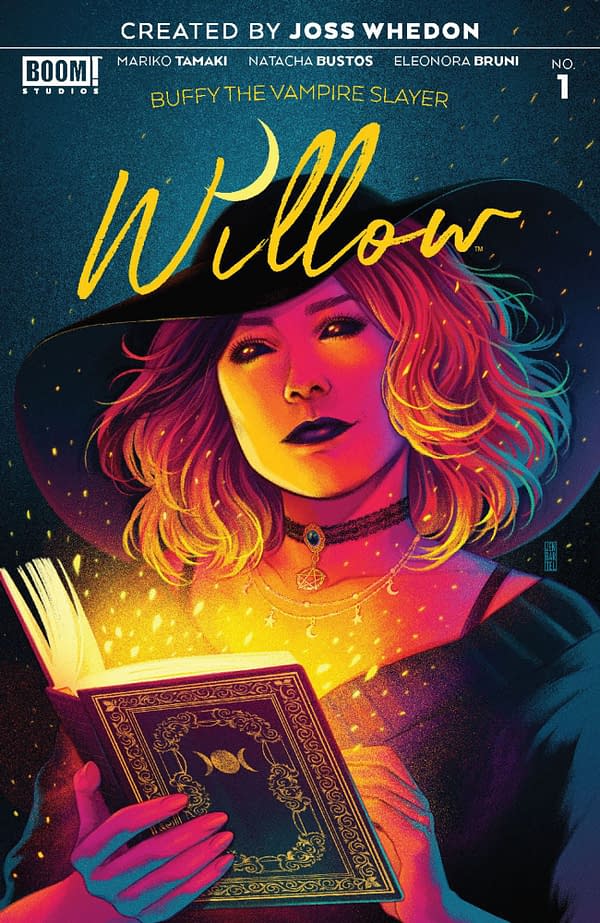
Willow picks up with the title character on her own after what appears to be some truly devastating events in the main Buffy title. Xander is "gone," and the world is saved, but Willow experienced something at the Hellmouth that has driven her away from other people in order to take a solo trip of self-discovery. Due to events including a hasty bus, a nasty truck stop worker, and a mysterious woman named Aelara, Willow ends up in a mysterious little town called Abhainn. Willow's cell phone doesn't work there, so she can't talk to anyone, but that's okay; she's more than happy to take this time to sort out her thoughts with internal monologue.
The series is driven by that monologue, taking an introspective and slow-burn approach to Willow's journey. It's a refreshing read that does, as hoped, connect to BOOM!'s series while also tapping into what was so beloved about Willow in the TV show and subsequent comics. Mariko Tamaki's depiction feels like everything that made Willow one of TV's most iconic witches turned into a beautiful, slice-of-life comic with gentle, pastel art by Bustos and Bruni, with letters to match from Wynne. Willow isn't an entirely new title, as she received her own one-shot and miniseries from Dark Horse, but this, with its breezy indie feel, is the best iteration of Willow on her own that Buffy fans have seen thus far.
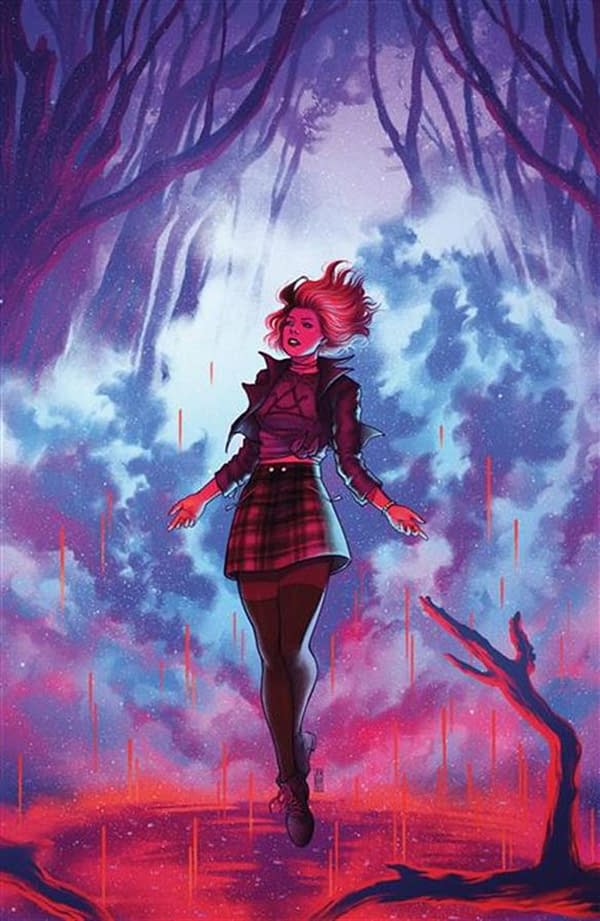
Tamaki's series-accurate representation of Willow is so good, from her internal monologue to her dialogue to her exclamations, that it makes the few small flaws in these issues stand out a little more. There were two moments in the second issue where Willow assumed negative things about strangers that seemed out of place for this otherwise kind character who is known to expect the best from everyone. She asks a woman who helped her pick a sweater if she was a gender essentialist (she wasn't) when the woman told Willow that people who belonged in Abhainn found it, which seemed like an oddly aggressive comment for Willow to make in response to a stranger. Especially a stranger who came to Willow because she was shivering, cold on the street. Then, later on in narration, Willow expressed relief upon realizing that Abhainn wasn't just "some crazy woman commune," which seems more like something a villain in Buffy would say. Those, though, were the only moments that seemed to go against the essence of Willow and were likely just awkwardly written lines that could have used an edit for clarity. Still, though, Willow is otherwise the Willow that Buffy fans know from the TV show in all of her hopeful, introspective, positive, silly, witchy glory.
Interestingly, there was a sequence here that alluded to some ties to an alternate timeline… which appeared very much to reference an older version of the Buffy Summers fans know from the TV show and Whedon-penned comics.
Lastly, in addition to the stellar interior art, is Jen Bartel, whose covers are some of the best Buffy the Vampire Slayer art ever produced. That's saying a lot, as dedicated fans of the series will likely still leave this series wishing that BOOM! had set it in the main Buffy continuity, but Bartel's depiction of Willow, just like Tamaki and Bustos' in the interiors, is as timeless as it is beautiful.





